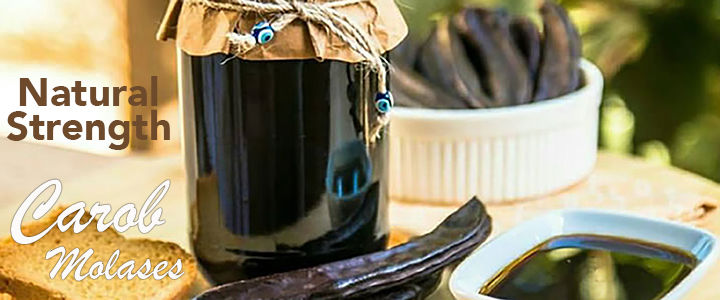English
You have no items in your shopping cart.
Products tagged with 'olive'
MARMARA Whole Kalamata Olives 400g
The Kalamata olive is a large, dark purple olive with a smooth, meaty texture, named after the city of Kalamata in the southern Peloponnese, Greece. Often used as table olives, they are usually preserved in wine vinegar or olive oil.
$7.99
MARMARABIRLIK 4XL Kırma Zeytin 400g
Crushed olives, one of the most delicious olive varieties, are table olives produced by crushing the green olives collected in the early harvest period in various ways. Crushed olives are produced by crushing the collected olives by hitting them with various crushing tools such as stone or hammer. After the crushing process, olives are kept in water for a while. Water is changed at regular intervals. This process is continued until the bitterness of the olives is gone. Then, lemon and salt are added to the water containing the olives. After the olives are extracted from the salt, crushed olives with a great taste are obtained.
$7.99
MARMARABIRLIK 4XL Kokteyl Zeytin 400g
These are very delicious green olives prepared by natural methods. You can serve with plain olive oil for breakfast or together with flavors such as garlic, pepper and tomato paste, and choose them for different meals.
$7.99
MARMARABIRLIK Black Olive Paste 175g
A pureed spread made from black olives, anchovies, capers, olive oil, and at times is seasoned with garlic and herbs. It is used as a basting paste or condiment for meat, fish and vegetables, but can also be served as an appetizer spread for small toast or crackers.
$3.49
MARMARABIRLIK Black Olive Paste w/Spice 340g
A pureed spread made from black olives, anchovies, capers, olive oil, and at times is seasoned with garlic and herbs. It is used as a basting paste or condiment for meat, fish and vegetables, but can also be served as an appetizer spread for small toast or crackers.
$5.99
MARMARABIRLIK Black Olives Low Salt 400g
Salamura – this is a partially oil-cured olive and then stored in brine. Kuru Sele – this is dried in a basket of rock salt, which draws all the water from the olive. The longer the olive is left in the salt the firmer the olive becomes. Use: Table and oil Origin: Turkey Notable regions: Zeytinbağı, Gemlik
$6.99
.gif)












































.jpeg)